From developers running Bitcoin Core on their home computers mining thousands of BTC, posting on message boards, to early price spikes and discussions of economics and philosophy on Bitcoin Talk, to negative attention from the mainstream, pigeonholing into crime and porn, tulips, bubbles, to the halving driven market cycle, we now find ourselves coming to a quite different place.
Microstrategy arguably led the way for non-Bitcoin companies adopting Bitcoin. Their own strategy, enacted by founder Michael Saylor, to redefine the company as a de facto ETF, push against FASB rules, to popular support being picked up on by politicians ultimately criticising SEC chair Gary Gensler and the eventual approval of no less than ten Bitcoin ETFs in the USA - by far the largest capital markets in the world.
Each individual actor within Bitcoin has their own goals, their own path, their own points where Bitcoin intersects with it and joins them for their journey.
And yet, taken as a whole, we see patterns emerge.
Bitcoin is not just a currency, it is an agent based system where each agent that adopts the values of the network, of the Bitcoin Decentralised Nation State, is rewarded by the efforts of all other members.
- First came Satoshi who gave life to Bitcoin.
- Early adopters and computer scientists reviewed, provided feedback and bootstrapped the network
- Layer one developers fix issues, maintain the code, verify it and expand it to allow new usecases.
- Layer two developers create highly scalable extremely low cost payment systems that allow Bitcoin to spread further and deeper.
- Exchange operators build systems to bridge fiat to BTC. Other agents within the network support them, use their services, encourage adoption, bring money into their businesses and allow them to push harder against regulation.
- Politicians detect the groundswell of support, a new movement of people with the same values, some motivated only by their political goals, others by their own membership and genuine belief in the values of the network.
- Corporations see the value of the bitcoin as an asset and as a marketing tool, adopt it either as a payment system, a store of value, or, in the case of Microstrategy, go all in, making the entire $7 billion company a member of the network - a behemoth agent now a part of the Bitcoin network with outsize political, monetary and technological influence.
- Bitcoin now even spreads into and through traditional finance, individual by individual leading to larger and larger adoption, multiple ETFs will pave the way to deeper and wider adoption within tradfi.
- Now we see even the seeds of existing governments adopting Bitcoin, tenatively at first, as a dual currency in the case of El Salvador or an 'allowed' untaxed currency in the case of Argentina.
This is not just an adoption curve, and it is not just about the often quoted maxim “First they ignore you, then they laugh at you, then they fight you, then you win.”
Zoom out and instead take a look at Bitcoin the organism, composed of individual agents adopting an overlapping value system, spreading the network to other individuals, companies, states, defending its rights, defending its sovereignty, always pushing, always spreading, always growing.
A nation state within nation states. A decentralised nation state forming before our eyes based on a value system, a reward system. Bitcoin spreads within hollowed out dessicated fiat hosts like a healing transfusion, bringing life, security, freedom and support to everything it touches.
Bitcoin fights its own battles, builds its own future, it will build its own monuments and settle its own cities, all within the confines of existing states that are powerless in their valueless fragmentation to prevent it.
Bitcoin is getting stronger.
Bitcoin is alive.
We are Bitcoin.

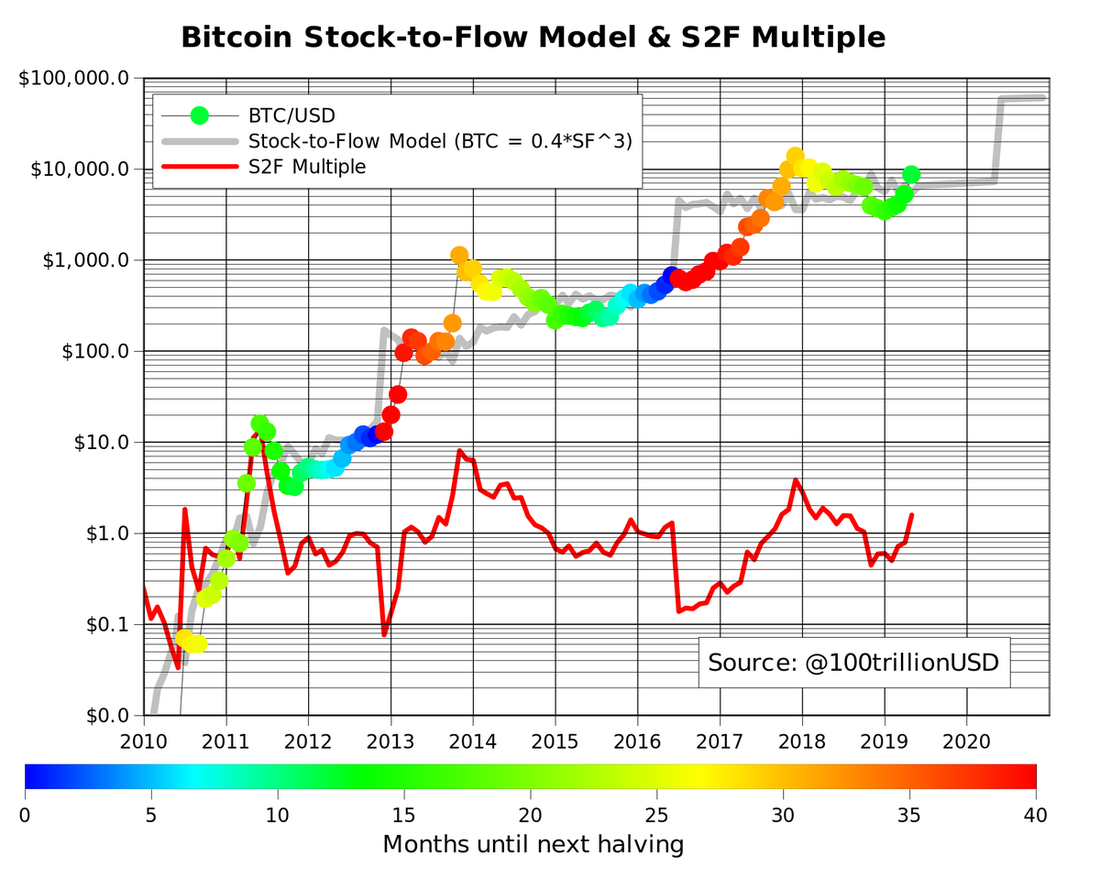
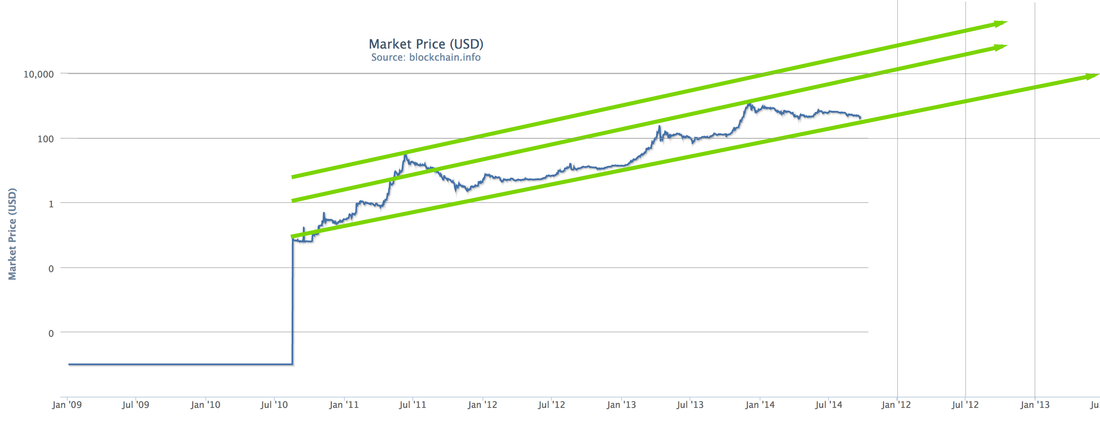
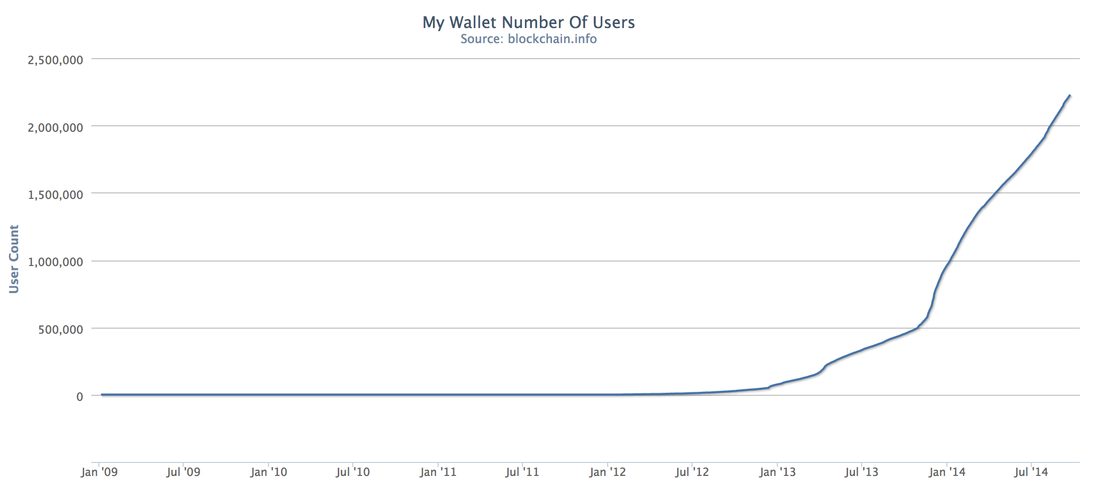
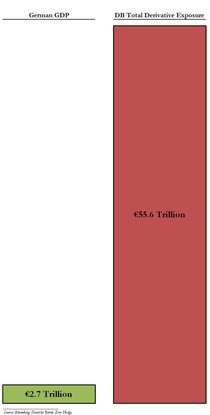
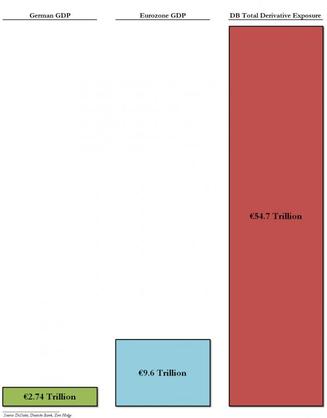
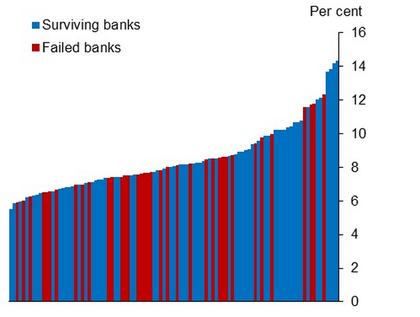
 RSS Feed
RSS Feed
